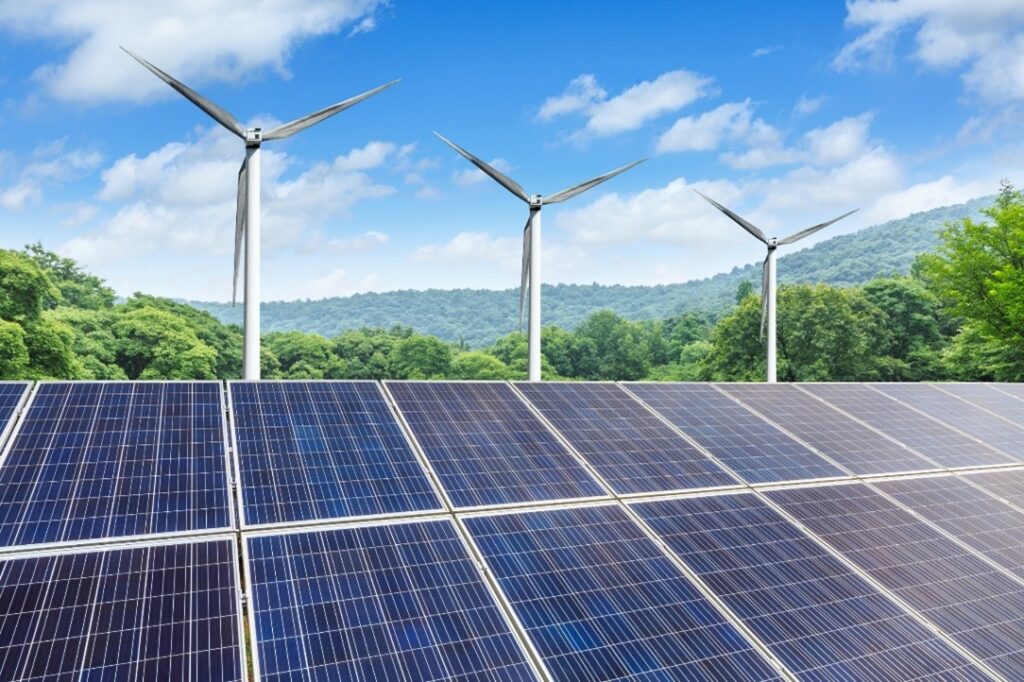
As the world grapples with the effects of climate change, there’s a growing urgency to adopt renewable energy sources. While transitioning to renewable energy on a global scale is critical, it’s equally important that local communities do their part.
Numerous local communities around the world are currently transitioning to various forms of renewable energy such as wind power, solar power, and geothermal energy. Several obstacles stand in the way, such as requisite equipment costs and the implementation of vital infrastructure changes; however, benefits such as reduced energy costs, safety improvements, and job creation ultimately outweigh these concerns.
For the sake of these benefits, Moner Attwa notes that it’s important to look deeply into the practice of renewable energy transition at a local level, as well as how those achieving it can provide a roadmap for other communities that wish to follow suit.
How Communities Are Embracing Renewable Energy
Several communities across the globe have already been striving to achieve a full or partial transition to renewable energy over the past several years. For example:
- Fukushima houses a steam-powered geothermal plant capable of generating five times the amount of energy required to power every household in the city.
- Cambodia’s use of decentralized solar grids has raised the availability of electricity in rural areas from merely 7% in 2000 to nearly 100% in recent years.
- Denmark constructed the first offshore wind farm in 1991 and formed an international coalition in 2021 to involve other nations in the transition away from fossil fuels.
- El Salvador created over 2 million jobs in 2017 by increasing production of renewable energy sources such as geothermal, hydropower, solar, and wind.
- China spent $361 billion in 2017 to begin replacing fossil fuels with renewable alternatives.
Although many of these are nationwide initiatives, they require cooperation from local participants. The success or failure of a nation begins in the homes of its people. As such, it’s important for those living in each area to help make the transition toward renewable energy and remain fully aware of the obstacles that lie ahead.
Obstacles to Renewable Energy Transition
Of course, the switch from fossil fuels to renewable energy sources does not occur overnight. It requires time, effort, and funding. A few specific obstacles that communities will invariably face include:
- Upfront equipment costs. Solar panels, wind turbines, geothermal plants, and other resources can be expensive to purchase and install. This makes it difficult for cash-strapped communities to make the switch.
- Changes in governmental policy. At both the federal and local levels, the adoption of a new energy source necessitates new policies to oversee implementation. Not all communities readily support such changes.
- Planning for setbacks. Energy sources such as wind and solar power are not available at all times in equal measure. Communities wishing to utilize these resources must plan for limited availability by creating methods of storing energy for when it cannot be produced.
Communities wishing to transition toward renewable energy must plan for these issues ahead of time if they wish to see success. Those who can overcome these obstacles, however, will find the reward to be well worth the effort.

The Benefits of Transitioning to Renewable Energy
While some communities resist the shift away from fossil fuels on the basis of these obstacles mentioned above, there are still many reasons to consider doing so. To name just a few:
- Numerous health and safety improvements. Because clean energy reduces the production of smog and greenhouse gases, those living in communities reliant upon renewable energy are at less risk of exposure to environmental health concerns such as air pollution.
- Reduced energy costs. While the upfront costs of renewable energy adoption may seem insurmountable for nations with high poverty rates, the result is lower energy costs in the long run.
- Job creation and economic development. Some communities fear the loss of jobs related to fossil fuel industries such as oil, gas, or coal. However, the adoption of new systems will require personnel to oversee and implement them.
Conclusion
The transition to renewable energy is an urgent and necessary step in the fight against climate change, and communities play a vital role in this transition. By overcoming political and financial roadblocks to reduce their carbon footprint, they can ultimately create jobs while saving on long-term energy costs. By working together, these communities can build a cleaner and more sustainable future for all.

